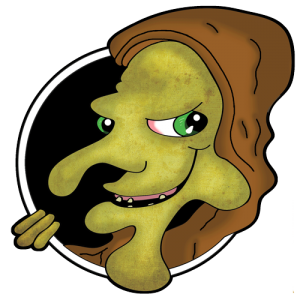Horror Films Based on Folklore and Mythology Around the World

Horror films often draw on deep-rooted fears and cultural stories to create gripping narratives. One of the richest sources of inspiration is folklore and mythology from around the world. These tales, passed down through generations, often carry with them a sense of authenticity and timeless dread. In this article, we will explore some notable horror films that draw on folklore and mythology from various cultures, examining how these traditional stories are adapted for the screen. Here is Horror Films Based on Folklore and Mythology Around the World.
Japanese Yurei Films
Japan has a long tradition of ghost stories, or yurei tales, which have been adapted into numerous horror films. Yurei are often depicted as vengeful spirits with long black hair and white funeral garments. One of the most iconic films in this subgenre is “Ringu” (1998), directed by Hideo Nakata. Based on a novel by Koji Suzuki, the film tells the story of a cursed videotape that brings death to its viewers within seven days. The vengeful spirit in the film, Sadako Yamamura, has become a staple in Japanese horror.
Mexican Folk Tale – La Llorona
La Llorona, or “The Weeping Woman,” is a tragic figure in Mexican folklore. According to legend, La Llorona drowned her children in a fit of rage and now roams rivers and lakes, mourning their loss and seeking other children to replace them. This story has been adapted into several films, including “La Llorona” (2019), directed by Jayro Bustamante. This film weaves together folklore with modern themes of social justice, using the legend as a backdrop to address historical atrocities.
Scandinavian Norse Mythology – Jötunn
Norse mythology is rich with dark tales and creatures that lend themselves well to horror films. “The Ritual” (2017), directed by David Bruckner, is a prime example. The film follows a group of friends who encounter a malevolent entity from Norse legends while hiking in Sweden. The creature, inspired by Jötunn (giants) from Norse myth, embodies the primal fear of the unknown lurking in the wilderness.
Indian Folk Tale – Hastar
India’s diverse cultural landscape includes numerous folk tales that have found their way into horror cinema. One such film is “Tumbbad” (2018), directed by Rahi Anil Barve. It is based on the myth of Hastar, a greed deity cursed to remain eternally hungry. The film blends elements of horror with a rich narrative about human greed and its consequences.
Filipino Folklore – Aswang
The Aswang is a shape-shifting monster in Filipino folklore known for preying on humans, particularly pregnant women and children. “The Aswang Phenomenon” (2011), directed by Jordan Clark, is a documentary-style horror film that delves into the mythology and cultural impact of the Aswang in the Philippines. By blending interviews, folklore, and dramatizations, the film offers a comprehensive look at this terrifying creature.
African Folklore – Apeth
African folklore includes many myths and legends that can be adapted into compelling horror narratives. One notable example is “His House” (2020), directed by Remi Weekes. The film follows a refugee couple from South Sudan who are haunted by an apeth (night witch) that has followed them to their new home in England. The story intertwines themes of displacement and trauma with traditional African folklore.
Conclusion
Folklore and mythology provide a rich tapestry of stories that continue to inspire horror filmmakers around the world. By drawing on these ancient tales, filmmakers create narratives that resonate deeply with audiences, blending cultural history with universal fears. Whether it’s the haunting yurei of Japan or the tragic La Llorona of Mexico, these stories remind us that some fears are timeless and universal.
By exploring these films, viewers can gain not only an appreciation for diverse cultures but also an understanding of how our deepest fears transcend borders.

Hey Horror Fans – I do love a little tale to read before i go to bed. Some of these legendary tales might just keep me up all night with thier terrorfying tales of craetures and spooks. So next time you’re in the mood for a fright, remember: the best scares are often the oldest!
Keep Rotten”







